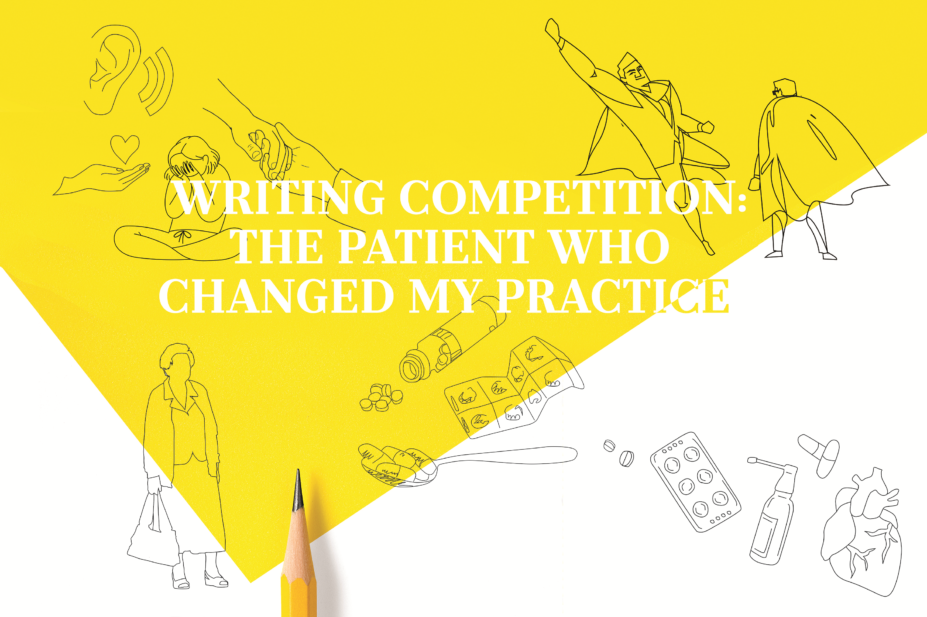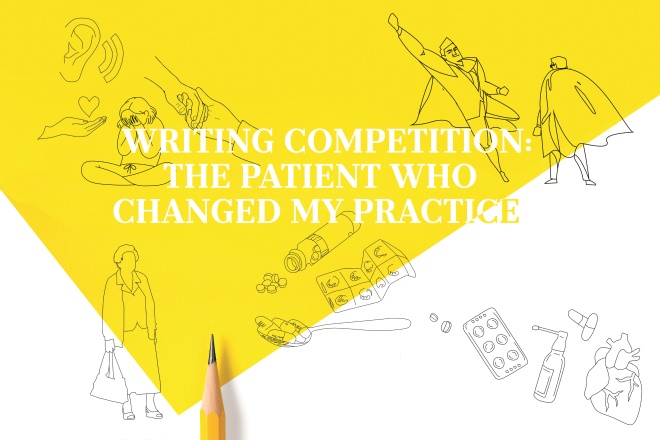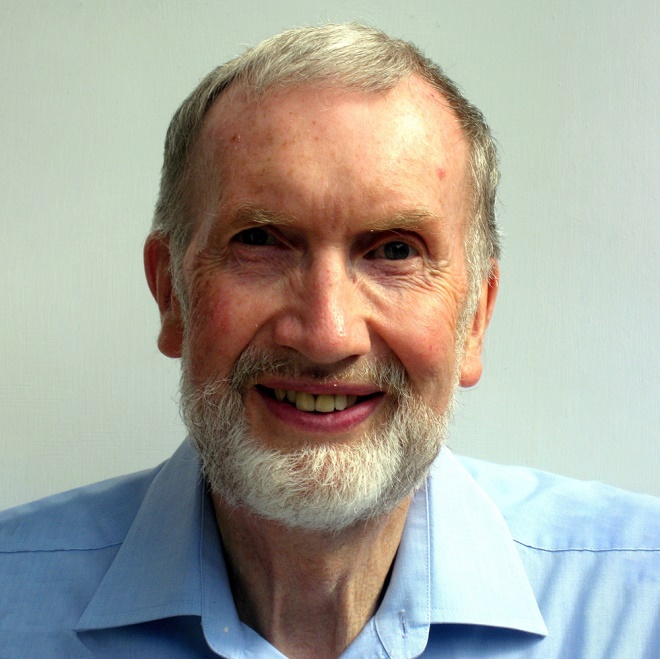
JL / The Pharmaceutical Journal

Source: JL / The Pharmaceutical Journal
The patient looked at me. It was more than a casual glance. We caught each other’s eyes in a sustained gaze. I knew he was looking at me and he knew that I was looking at him. I felt scrutinised, judged. During those few seconds, the surroundings seemed to fade into grey; sounds became muted. When other sensations returned, that patient had made me understand something that no book or laboratory could.
A noisy ward clattered around me. I smelt bleach, mouthwash, phenolic disinfectant, stale boiled cabbage, wax polish, urine and flowers. Bunches of overshadowed grapes on bedside lockers. The patient sat up in freshly plumped pillows, newspaper unread. An oxygen cylinder hissed into his face mask. From under his sheets, tubes dripped fluids into drainage bags; 5% dextrose intravenous infusion from a 1 litre glass bottle dripped into his arm. He seemed shrunken, anxious, fighting for a life that was slipping away. Unable to look after himself, he had to trust others to do their best to help. We did not speak. I never knew his name.
It was 1966 and someone else was visiting the ward with me: the group chief pharmacist. Then, only such a senior pharmacist would dare visit a ward and, first, had to ask permission of the ward sister or charge nurse. I was a pharmacy student on a holiday job, enlisted to heave a box jam-packed with dextrose infusions. Although I wore a white coat, maybe the patient thought I was a porter.
We had received an urgent recall of certain infusion bottles. They might be microbially contaminated, lethal. We were checking whether any wards had bottles. They did; we removed them. In my box, I fingered the bottles: the glass felt hard, cold. Some contents looked hazy.
That incident inclined my career towards making medicines. Of course, pharmacists can contribute all sorts of clinical expertise. Advice is valuable, but so is the timely availability of the physical substance itself — the efficacious, safe and pure medicine. Vulnerable patients depend on that. At root, that remains pharmacists’ r
aison d’être.
Further incidents of inadequate quality followed. Around 1971, around 500 people died in the United States from contaminated fluids, and in 1972 in the UK, at least four people died. All pharmacists are aware of several defective medicine recalls — some critical — despite the industry’s diligence. As a Qualified Person, I later certified the suitability of batches of medicine, such as antibiotics, investigational medicinal products and oxygen. Being trusted to contribute to quality assurance as a legally nominated professional was an honour.
In 2015, I was a patient not expected to live. I re-examined what that patient in 1966 taught me or should have taught me. Pharmacists, as healthcare professionals, may become so used to power over patients and their patients’ gratitude that they forget it is a privilege. It demands the counterbalance of care, humility and respect.

Malcolm Brown, retired pharmacist and Qualified Person, Suffolk
Malcolm’s piece received a special mention in our 2019 writing competition ‘The Patient Who Changed My Practice’. Read more entries here.
You may also be interested in
The importance of diverse clinical imagery within health education

Government should consider ways to prevent ‘inappropriate overseas prescribing’ of hormone drugs, review recommends

